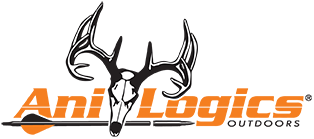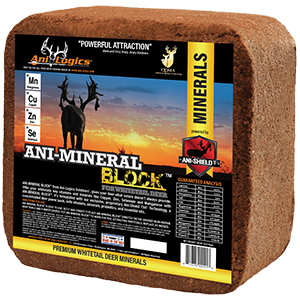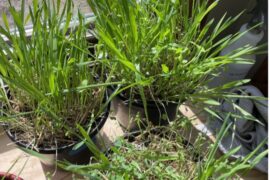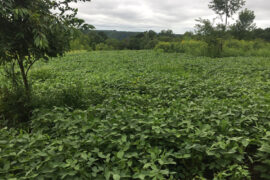HOW TO IMPLEMENT A PRESCRIBED FIRE IN A GRASSLAND
Spring is here and now is a great time of year to implement prescribed fire on your property. Burning vegetation releases organic matter back into the soil so it can be utilized by this year’s plants. Fire is a natural part of most ecosystems and is a great way to break up thatch that has accumulated in a grassland habitat. There are several variables to consider for when you should perform a burn. These include relative humidity, wind speed/direction, avoiding nesting season for ground nesting species, and the current fire rating for your area.
The best conditions occur when relative humidity is between 50 – 70% and wind speed is 5-15 mph in a consistent direction, which we had here in Minnesota this week.
Here is a link to the video we recorded at the fire. I will go over how we burned a small patch of Switchgrass in order to rejuvenate the stand.
The Prep Work
The first thing to do is secure a permit for burning from the local fire warden, forestry department or department of natural resources. The most important step beyond the permit is to establish fire breaks. Fire breaks are places where fire cannot continue burning in the direction it is headed. Fire breaks need to be at least 2 times as wide as the tallest vegetation being burned. Bare soil is the best fire break and that can be accomplished using a tiller, dozer, or loader bucket. Other fire breaks can consist of lush green vegetation growing low to the ground, or roads.
The size of your burn should depend on the available help you have. Burning a 10 acre parcel can easily be accomplished by 2 people as long as the fire breaks are in place BEFORE you start the fire. For this fire, we used a creek, a gravel road, and a plowed field as our fire breaks.
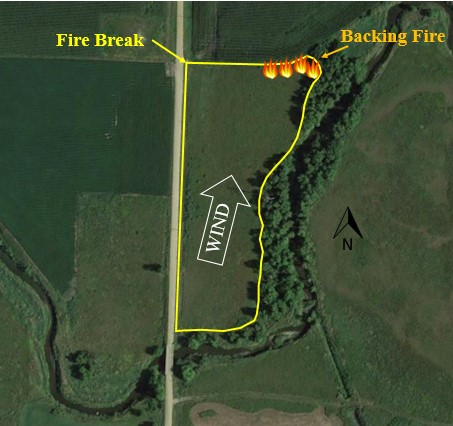
Lighting the Backing Fire
We started by lighting the fire on the downwind side which helped us widen our fire break. We slowly worked our way along the creek making sure the fire did not reach the woods along the east side of the grassland. We monitored the fire break to ensure it was holding up. Sometimes a gust of wind might come up and there is the potential for embers to blow across the line, but we did not encounter that on this burn.
Lighting the Head Fire
Once we had the backing fire away from the fire break, we then moved over to the west side and lit the head fire along the gravel road. The head fire burned toward the backing fire and when they met, the burn was complete. When we started the head fire, we had a solid 8 mph wind out of the south, but by the time the burn finished we had encountered gusts of wind from the southwest, southeast, and west.
Clean-Up
A typical prescribed fire runs its course and the fire may look done, but it’s always a good idea to walk the burned area to check for hot spots. The saying ‘where there’s smoke, there’s fire’ is a good guideline to follow when deciding on whether or not a fire is complete. There may be an old stump in a grassland that will burn for days if allowed to. If there is burned grass all around the stump, it won’t hurt to let it burn, but if it’s anywhere near the edge of your fire break, it would be a good idea to put out that fire before leaving the site.
Equipment Used
For this fire, we used a backpack sprayer, an ATV sprayer, and a hand propane torch. The ATV sprayer was not absolutely necessary, but it’s nice to have a larger amount of water on hand if the fire did jump the fire break. From the time we arrived on site to when we packed up to leave was about 3 hours, but the majority of that was time spent making the fire break along the woods next to the creek.
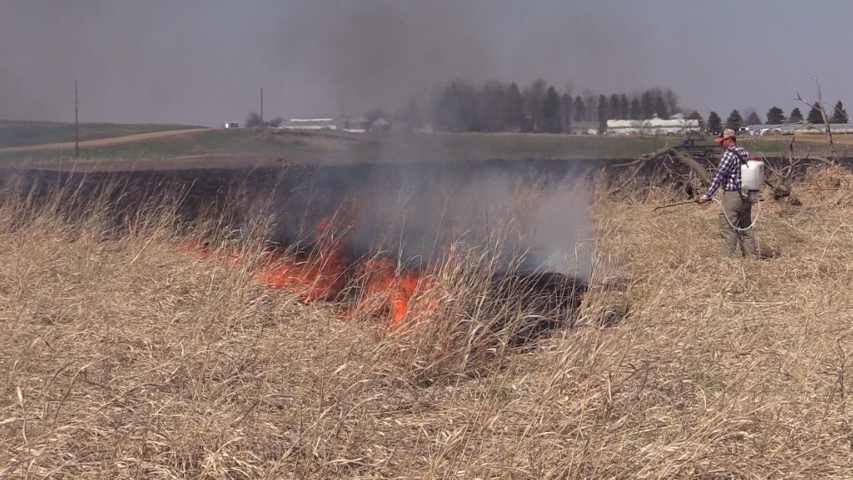 This picture shows me using a backpack sprayer to prevent the fire from jumping the fire break along the creek.
This picture shows me using a backpack sprayer to prevent the fire from jumping the fire break along the creek.
 This picture was taken from gravel road facing northeast with the head fire working its way across the field.
This picture was taken from gravel road facing northeast with the head fire working its way across the field.
Your Cart
Categories
- Attractants 26
- CWD 1
- Deer Management 62
- EHD 3
- Food Plots 17
- Hunting 85
- Land Management 17
- Minerals 28
- Shed Hunting 4
- Supplements 36
- Turkey Hunting 6
Browse Tags
Products
-
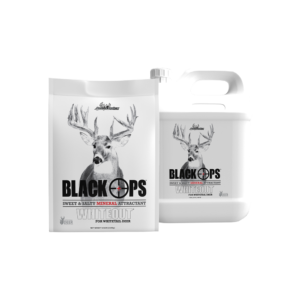 Whiteout Frenzy
$103.90
Whiteout Frenzy
$103.90 -
-
 Ani-Shield Base Mix
$59.99
Ani-Shield Base Mix
$59.99 -
-
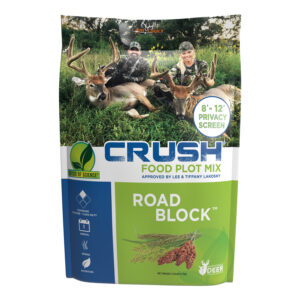 CRUSH Road Block
$29.99
CRUSH Road Block
$29.99 -
-
 Summer CRUSH
$39.99 – $129.99
Summer CRUSH
$39.99 – $129.99 -
